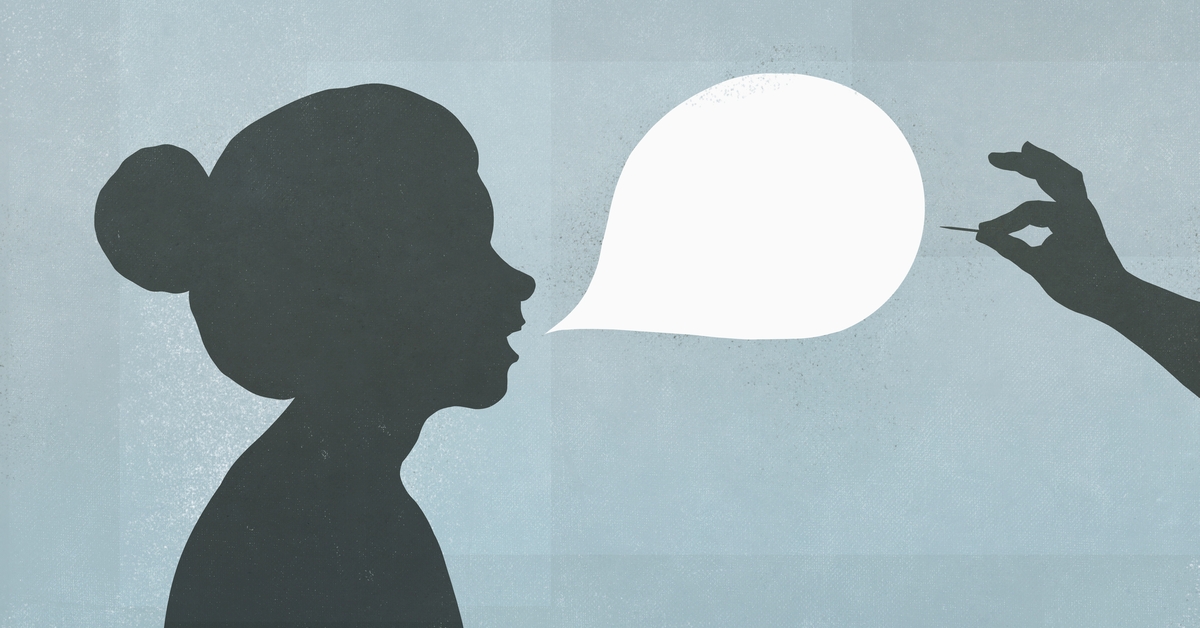

Curious about how Snopes' writers verify information and craft their stories for public consumption? We've collected some posts that help explain how we do what we do. Happy reading and let us know what else you might be interested in knowing.
Media literacy is not an automatic software update we can push, it is a way-finding practice, and too many of us have been left to go at it alone.
This collection of explainers, authored by Snopes fact-checkers, aims to help.
Logical fallacies are behind many of the harmful misunderstandings, rumors, and conspiracy theories our newsroom investigates. Just about every fake quote we've investigated, for example, is an appeal to authority — using the face of a well-known or well-trusted individual to make an argument that they often didn't make at all.
In most cases, logical fallacies are used when a messenger would rather have an audience agree with them than have that same group of onlookers utilize sound reasoning by considering all the facts of a situation. Put another way, logical fallacies tend to short-circuit news consumers' critical thinking skills — ignoring evidence and arguments in favor of a well-worn, misleading logical shortcut.
With these explainers, we'll help you spot the two main types of fallacies (informal and formal) and see how they function to undermine people's thinking. Let's go.